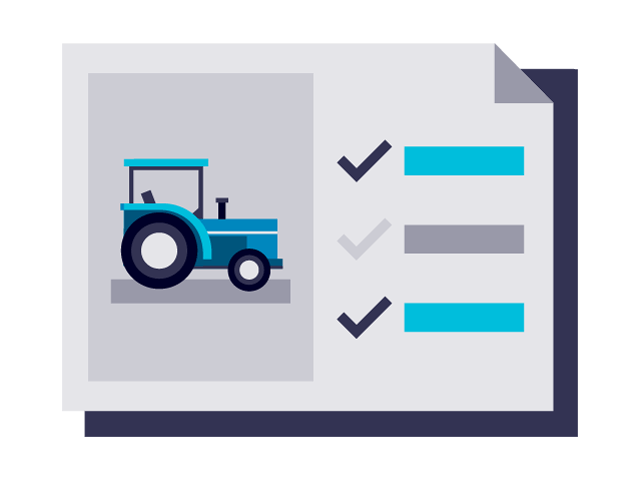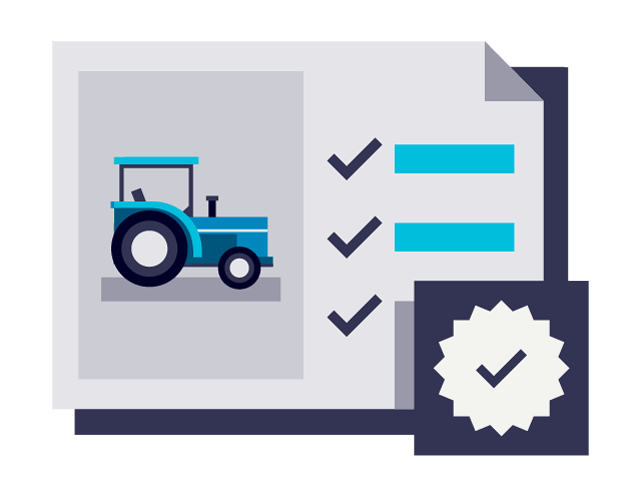Create products that are compliant by design
Requirement-driven products shouldn't be managed independently. Requirements need to be included into daily development decisions.
Integrate requirements within the product lifecycle
Integrating requirements incorporates them into all aspects of product development, including configuration, change and workflow. Link requirements to PLM program tasks, test cases, manufacturing processes and supply chains for complete traceability. Discover and resolve non-compliance issues quickly – with global traceability.

Improve requirement quality
According to analysts, roughly 50% to 80% of downstream product issues stem from incorrect requirements. Find and fix requirement quality issues early to succeed. Artificial intelligence (AI), industry best practices and natural language processing (NLP) helps identify requirement problems before they become costly product issues.

Close the loop with continuously verified requirements
Integrated simulation and physical checking enable continuous proof of conformance. Checking conformance should be done continuously throughout the product lifecycle. Requirements inside PLM join the continuous closed-loop requirement compliance verification process.

Siemens Healthcare

Improved requirements engineering drives new product development for medical device maker
Company:Siemens Healthcare
Industry:Medical devices & pharmaceuticals
Location:Tarrytown, United States
Siemens Software:Teamcenter
